MY WORLD OF TRUTH
Sunday, 16 June 2019
HOW TO MAKE PERFECT PASTRY
Life of pies: Lifting the lid on the perfect pie
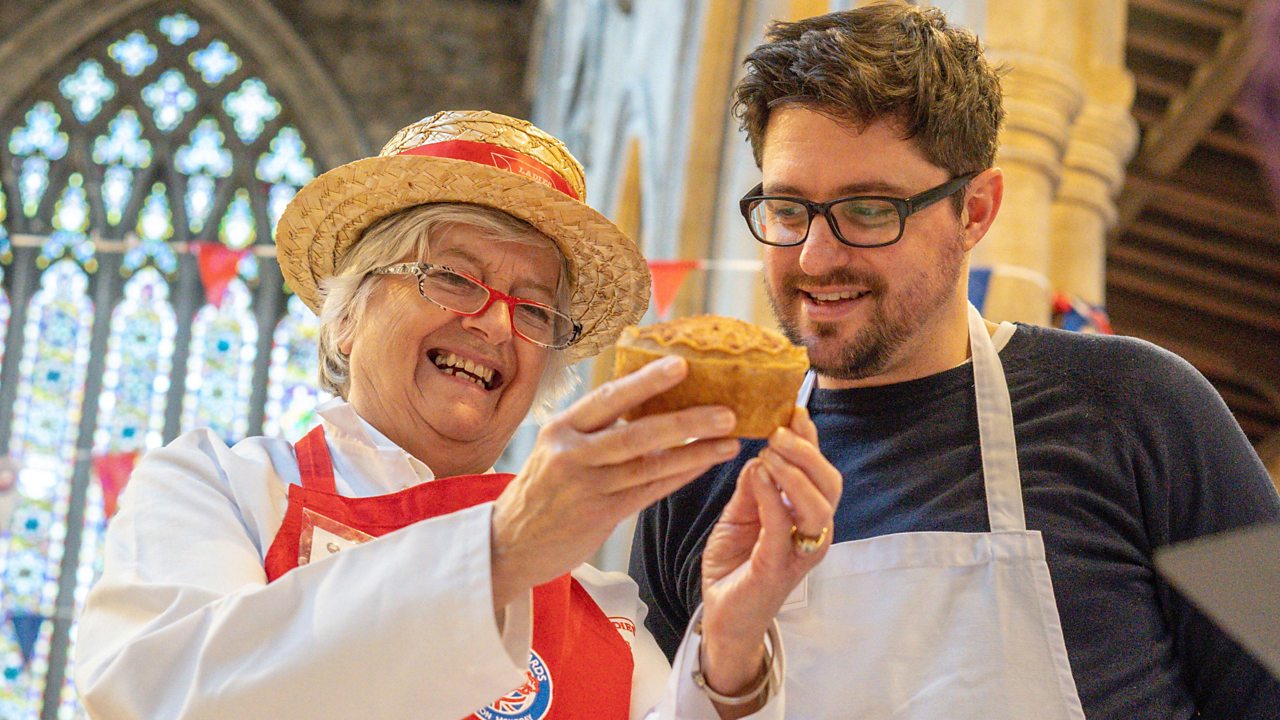
We Brits are passionate about pies, spending £1.2 billion a year on them. We even have a national pie awards, as seen on BBC One's Life of Pies. So what’s the secret to baking the perfect pie? We share our top tips so you can personalise your pies and cook them to perfection.
How to make perfect pastry
The first rule of making great, crisp and light pastry is to handle the dough as little as possible. Overworking it when you rub and beat it together will make it dry and tough.
The second rule is to add just enough water to bind the ingredients together. Too much water will make your pastry chewy. Every batch of flour will absorb slightly different amounts of water, so no recipe can tell you exactly how much to use – you have to trust yourself on this one.
Finally, don't let the dough get warm enough to melt the fat, especially when making puff. This would make the pastry difficult to work with and spoil the bake. If your hands are warm, run them under the cold tap before handling the dough. If your kitchen is warm, intermittently cool the dough in the fridge.
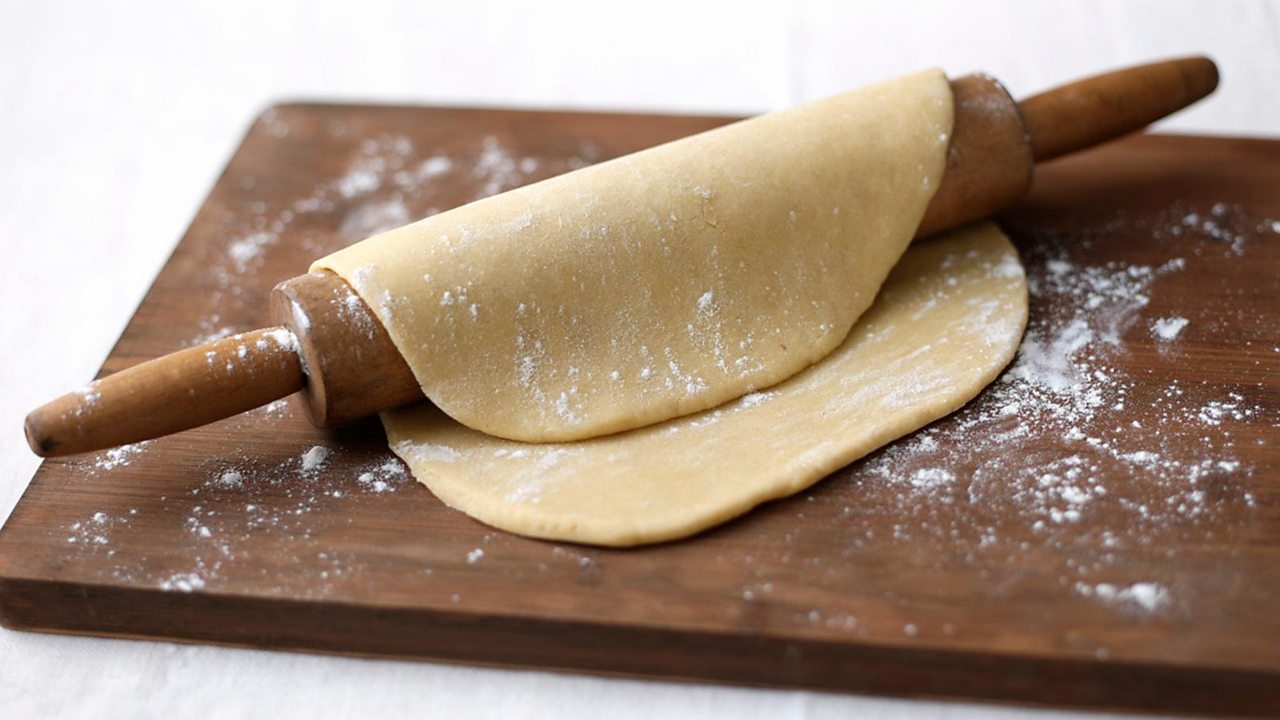
Which fat is best?
Fat delivers the majority of the flavour in pastry. Most fats are suitable, but avoid spreads and margarines as they contain a high proportion of water. Recipes often use butter or lard, which are easy to work with and add great texture and flavour (lard on its own can taste overpowering, so it's often combined with butter). Oils will not give the same melt-in-the-mouth texture as hard fats and are unsuitable for puff.
Adding flavourings to dough
You can add extra flavour to the dough in the form of finely chopped rosemary, sage or thyme, or spices. You can also replace some of the flour with ground nuts or some of the fat with grated cheese. Sweet pastry (also known as pate sucrée) containing sugar or icing sugar is made in a similar way to standard shortcrust pastry, you can even swap a small amount of the flour for cocoa powder to make chocolate pastry.
Cooking perfect pastry
To achieve a crisp pie base rather than a soggy bottom, you need to use a thick, heavy pie tin or dish, as this will absorb more heat and get hotter than a thinner one. Surprisingly, the colour of your tin can make a big difference; black tins will absorb more heat than light-coloured shiny tins, which reflect the heat. If you don't have the best equipment, place your pie dish on a preheated heavy baking tray or pizza stone or on the bottom of your oven. To help keep pastry crisp, remember to cut a hole in your pastry lid to allow steam to escape.
How to make free-from pastry
Gluten is crucial to the texture of good pastry, but you can of course make good gluten-free pastry. The challenges are both in terms of how easy the dough is to work with and the quality of the finished pastry. Gluten-free shortcrust pastry will always be 'shorter' (crisper and crumblier) than pastry containing gluten, so it doesn't hold together well once cooked. Gluten-free puff pastry is particularly difficult because the comparatively dry and crumbly dough makes it hard to form the required layers.
Dairy-free pastry is easy to make; just replace the butter with a mixture of hard vegetable fat and lard or use oils.
Make vegan pastry using plants oils and hard vegetable fats and glaze it with aquafaba (chickpea water) or plant-based milks.
The filling
The filling will make or break your pie. A rich, full-flavoured gravy is a must, but the best flavour is a matter of personal preference. See below for recipes that have stood the test of time and a few news ones.
Don't overfill your pie; it should come up to a centimeter or so below the top or the filling is likely to leak as it bubbles up during cooking. Let any fillings cool completely before adding them to the pastry case. To prevent a wet filling from making the pastry base soggy, preheat a baking tray and cook the pie on that – the extra heat will set the pastry faster.
Finishing touches
It's easy to make your pie pretty. Before glazing the pastry, roll out any leftover scraps and cut them into shapes using a knife or cutters, then stick them onto your pie lid using a little water.
Get creative when crimping the edges of the pastry. The simplest way is to use the tines of a fork or gently pinch the pastry between your fingers, but you can try plaits, rolls and using kitchen implements with decorative handles to create a fancy finish.
To get a tempting golden-brown finish on your pastry, you need to glaze it. Brush the pastry with a thin layer of beaten egg or milk. Egg yolks give the deepest colour, with whole eggs giving slightly less colour. Milk can be used but will produce paler results (but there is less waste). When glazing puff pastry, don't brush the edges – the glaze can stick the layers together and prevent the pastry rising well.
posted by Davidblogger50 at 09:10

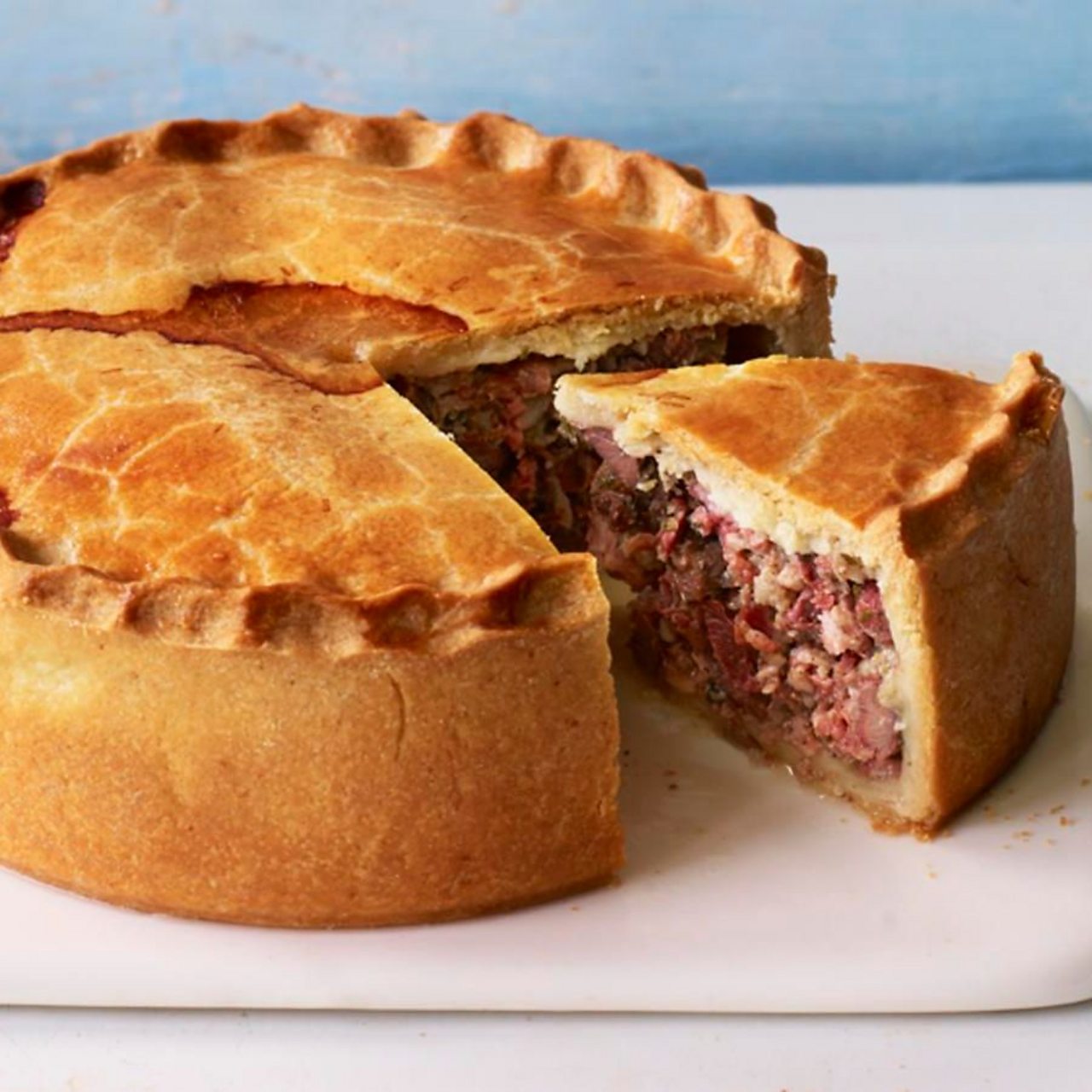

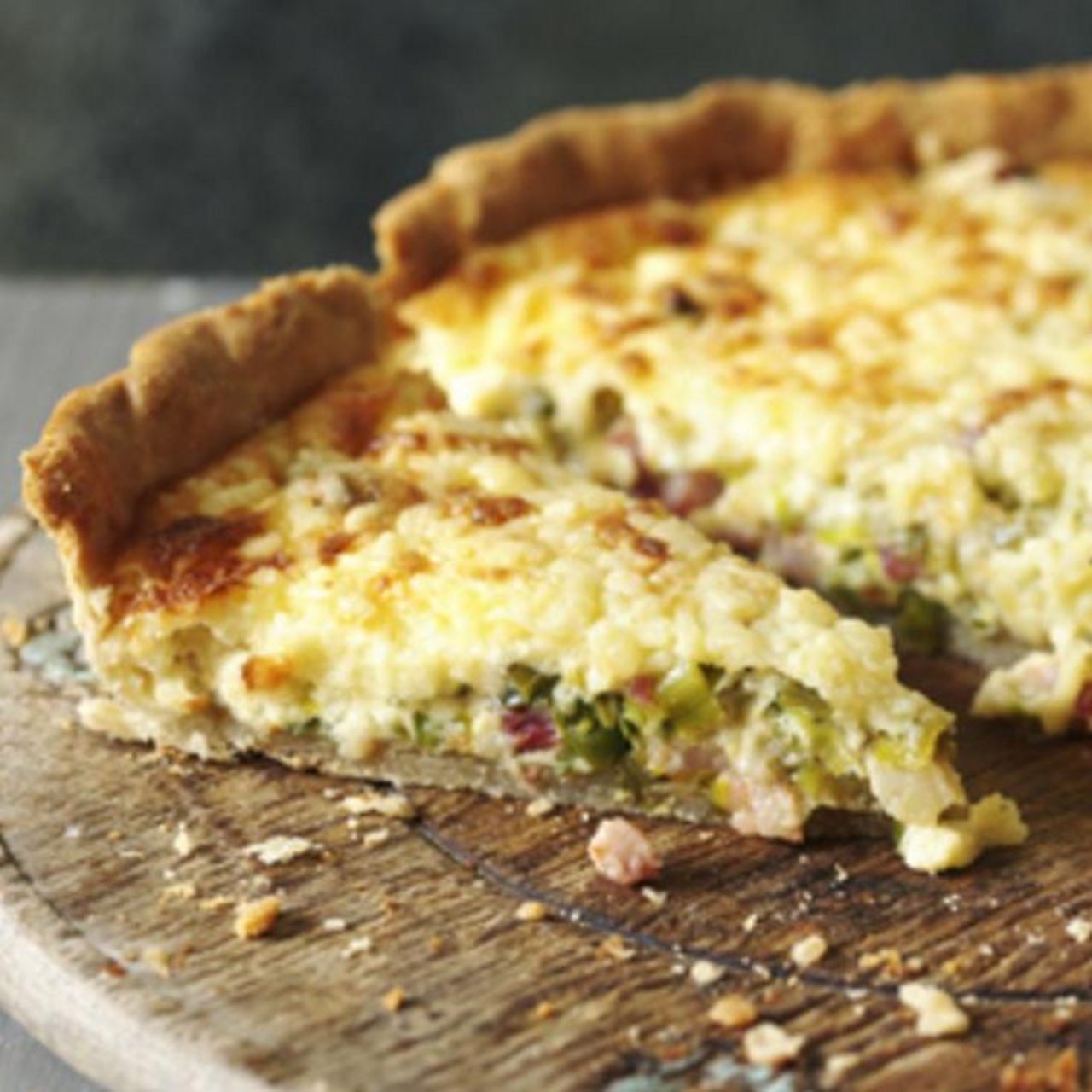
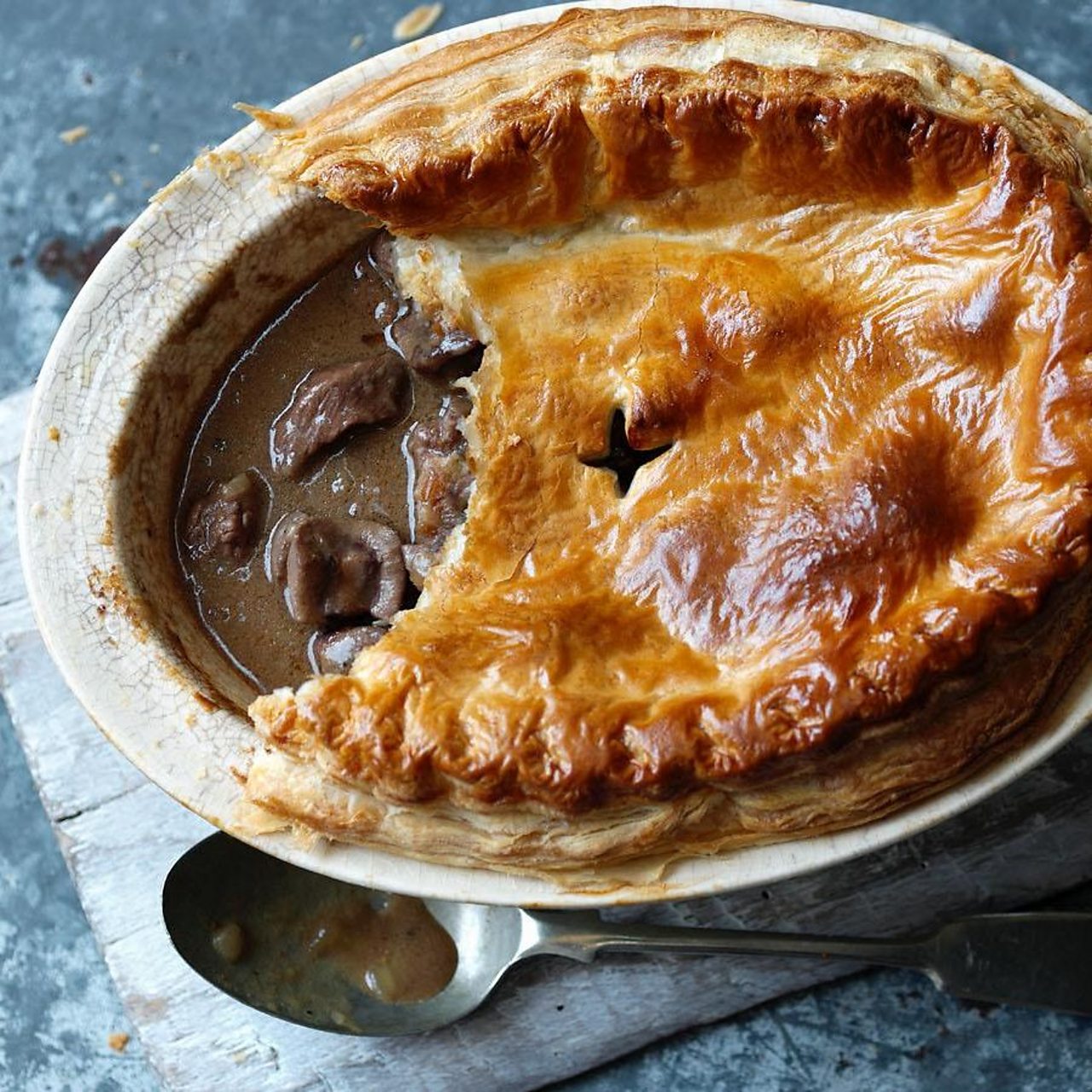
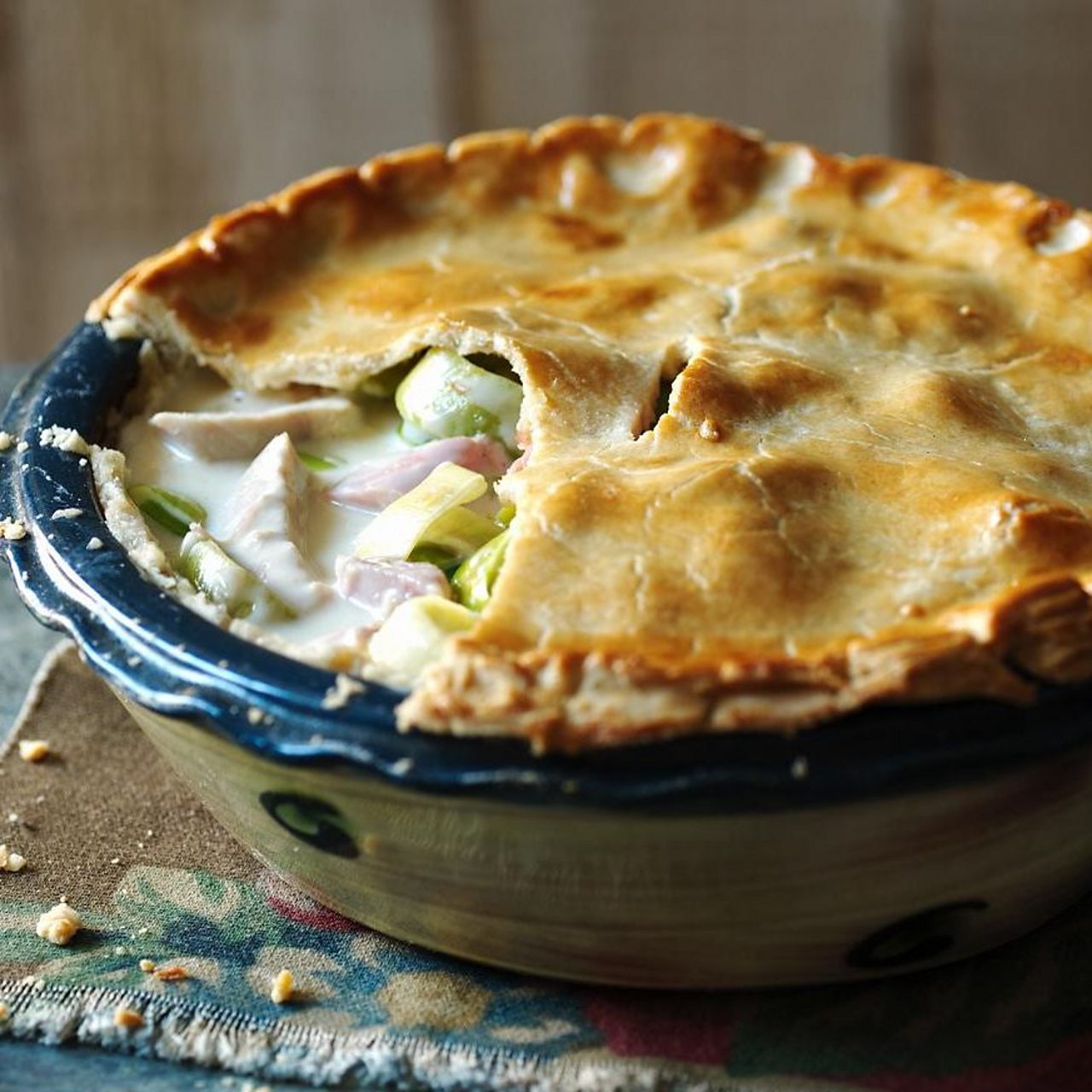
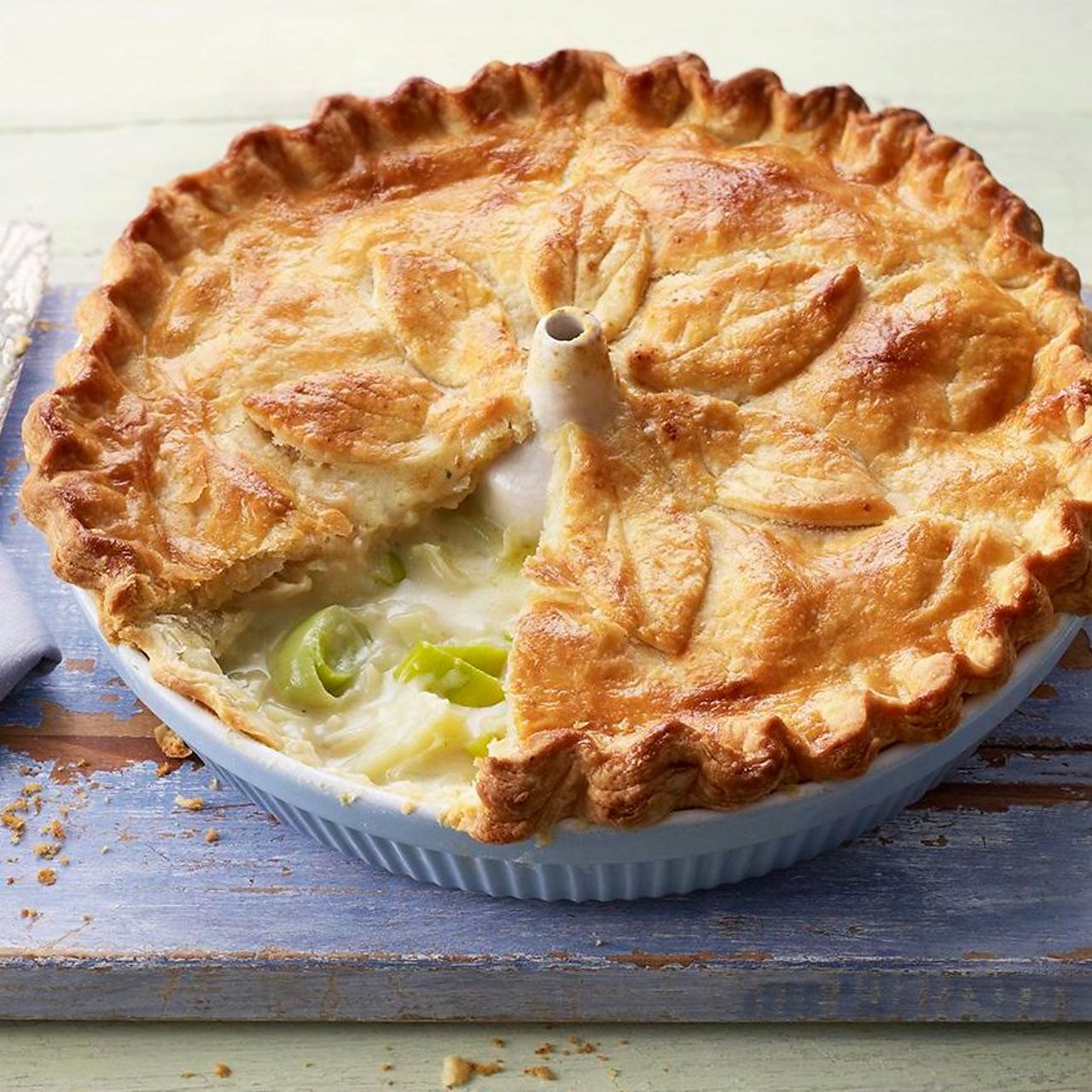
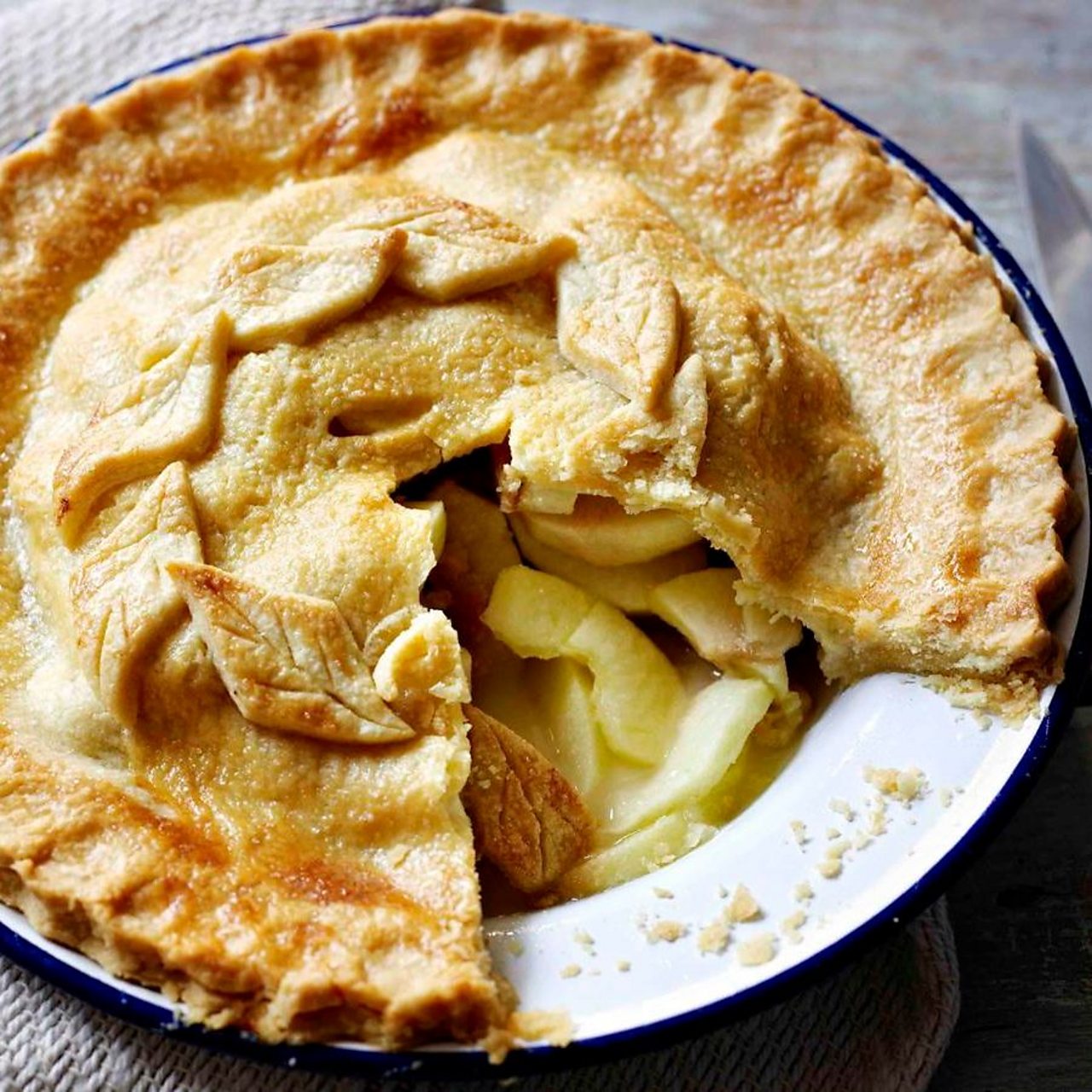
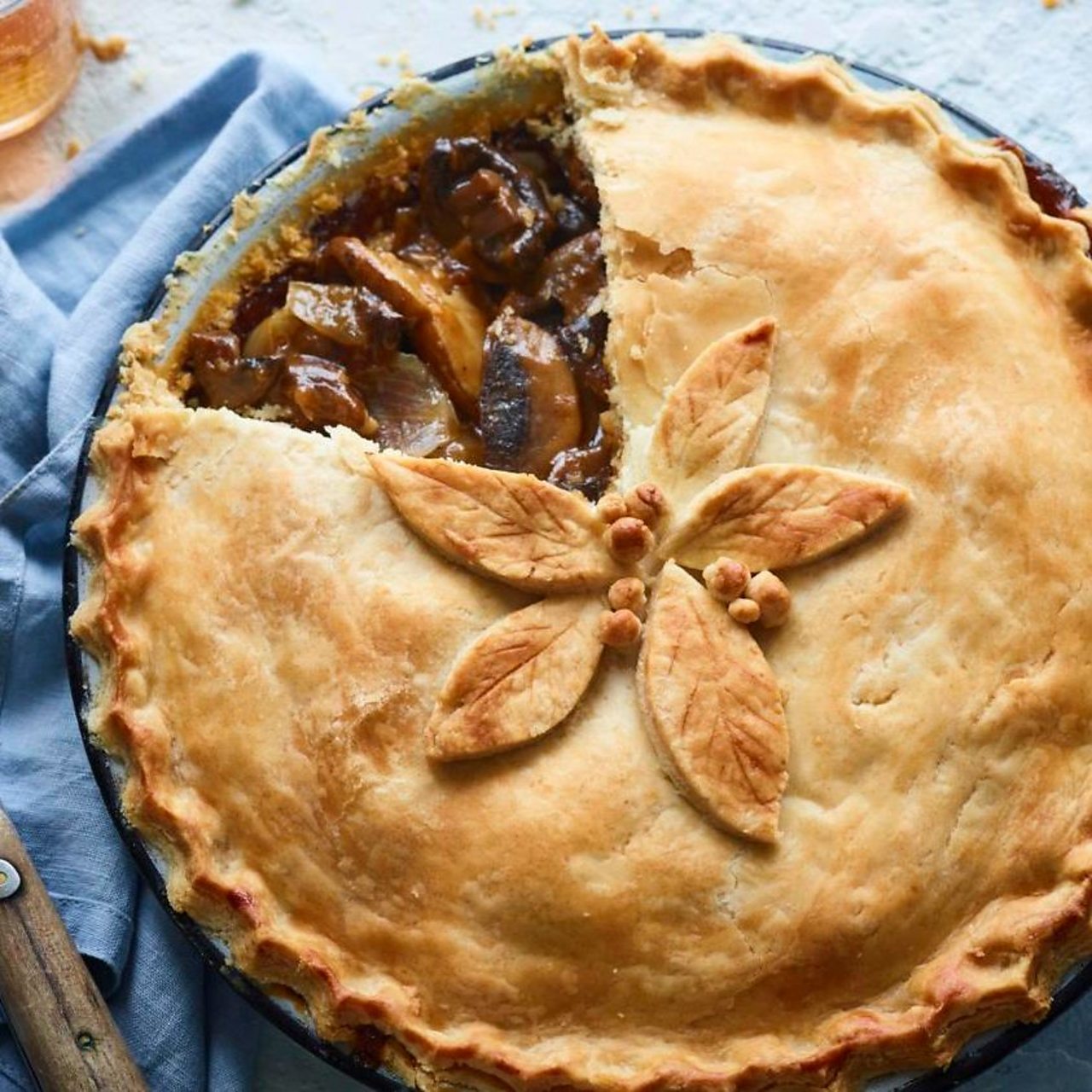
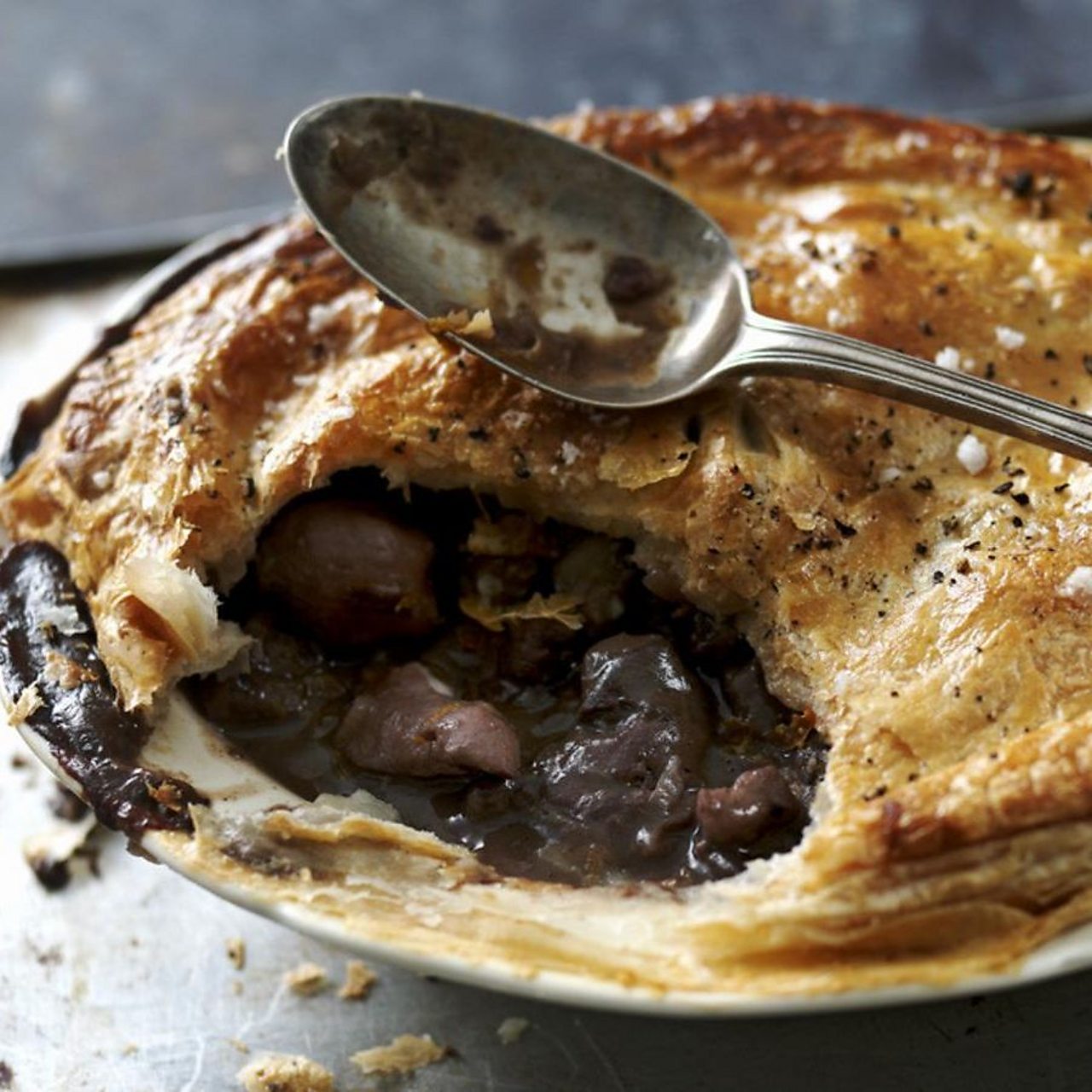
0 Comments:
Post a Comment
<< Home